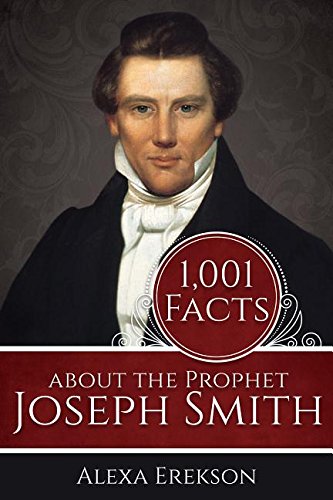Podcast: Download (78.6MB)
Subscribe: RSS
This podcast series features past FairMormon Conference presentations. This presentation is from our 2019 conference held in August. If you would like to watch the presentations from our 2019 conference, you can still purchase the video streaming.
Angela Hallstrom, Women’s Voices in Saints Volume 2
Transcript available here.
 Angela Hallstrom works for the Church History Department as a writer and literary editor for the four-volume history of the Church, Saints: The Story of the Church of Jesus Christ in the Latter Days. Prior to her work for the Church History Department, she taught writing at the University of Wisconsin-River Falls. She received an MFA in creative writing from Hamline University and is the author of the novel Bound on Earth, editor of the short fiction collection Dispensation: Latter-day Fiction, and has served on the editorial boards of BYU Studies, Irreantum, and Segullah. She and her husband are the parents of four children, and recently moved back to Utah after spending sixteen years in Minnesota.
Angela Hallstrom works for the Church History Department as a writer and literary editor for the four-volume history of the Church, Saints: The Story of the Church of Jesus Christ in the Latter Days. Prior to her work for the Church History Department, she taught writing at the University of Wisconsin-River Falls. She received an MFA in creative writing from Hamline University and is the author of the novel Bound on Earth, editor of the short fiction collection Dispensation: Latter-day Fiction, and has served on the editorial boards of BYU Studies, Irreantum, and Segullah. She and her husband are the parents of four children, and recently moved back to Utah after spending sixteen years in Minnesota.
Audio Copyright © 2019 The Foundation for Apologetic Information and Research, Inc. Any reproduction or transcription of this material without prior express written permission is prohibited.
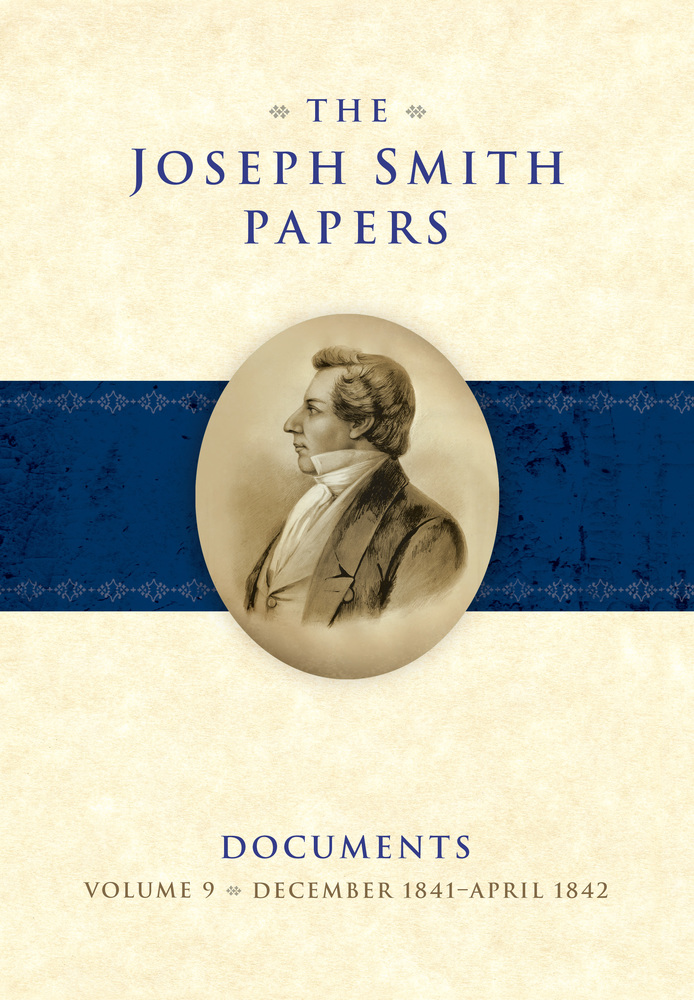
 René Alexander Krywult, a native of Vienna, Austria, Europe, has been a member of FairMormon for over eighteen years and has been instrumental in founding the German-speaking FairMormon group. He is a software developer and project manager for a European financial institution. He is married to Gabriele Krywult, and they have four children and three grandchildren. His first publication was “Mormon Deification Compared to Orthodox Christian Theosis” in the magazine Spirituality in East and West of Dialog Center International, a Protestant network of organizations engaged in researching new religious movements. More articles on the FairMormon website followed. He organized four FairMormon conferences in Germany from 2009 to 2015 and spoke at all of them.
René Alexander Krywult, a native of Vienna, Austria, Europe, has been a member of FairMormon for over eighteen years and has been instrumental in founding the German-speaking FairMormon group. He is a software developer and project manager for a European financial institution. He is married to Gabriele Krywult, and they have four children and three grandchildren. His first publication was “Mormon Deification Compared to Orthodox Christian Theosis” in the magazine Spirituality in East and West of Dialog Center International, a Protestant network of organizations engaged in researching new religious movements. More articles on the FairMormon website followed. He organized four FairMormon conferences in Germany from 2009 to 2015 and spoke at all of them.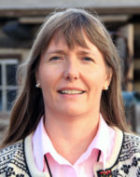 Jennifer L. Lund is director of the Historic Sites Division in the Church History Department of The Church of Jesus Christ of Latter-day Saints. She received a BA in English from the University of Utah and a MA in American history from Brigham Young University. She has worked in the field of museums and historic sites for more than thirty years. The author of a number of articles and book reviews published in professional journals, she is currently editing a documentary edition of letters from the wife of a nineteenth-century Mormon missionary.
Jennifer L. Lund is director of the Historic Sites Division in the Church History Department of The Church of Jesus Christ of Latter-day Saints. She received a BA in English from the University of Utah and a MA in American history from Brigham Young University. She has worked in the field of museums and historic sites for more than thirty years. The author of a number of articles and book reviews published in professional journals, she is currently editing a documentary edition of letters from the wife of a nineteenth-century Mormon missionary.
 Brittany A. Chapman Nash is a historian at the Church History Library of The Church of Jesus Christ of Latter-day Saints. She received a BA in Humanities from Brigham Young University and an MA in Victorian Studies from the University of Leicester. She specializes in nineteenth-century Mormon women’s history and is co-editor with Richard E. Turley Jr. of the seven-volume Women of Faith in the Latter Days series, which features the life writings of Latter-day Saint women. She serves on the executive committee of the Mormon Women’s History Initiative Team (MWHIT). She and her husband, Peter Nash, live in Salt Lake City.
Brittany A. Chapman Nash is a historian at the Church History Library of The Church of Jesus Christ of Latter-day Saints. She received a BA in Humanities from Brigham Young University and an MA in Victorian Studies from the University of Leicester. She specializes in nineteenth-century Mormon women’s history and is co-editor with Richard E. Turley Jr. of the seven-volume Women of Faith in the Latter Days series, which features the life writings of Latter-day Saint women. She serves on the executive committee of the Mormon Women’s History Initiative Team (MWHIT). She and her husband, Peter Nash, live in Salt Lake City.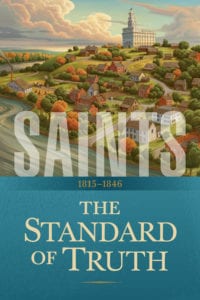
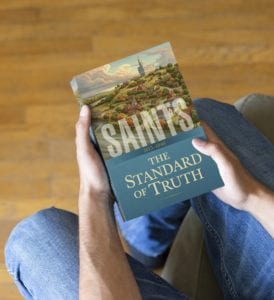 This podcast series features past FairMormon Conference presentations. This is a special episode that contains the second of two presentations given at our conference earlier this month about the new book series being published by the Church, Saints: The Story of the Church of Jesus Christ in the Latter Days. The first volume will be released on Tuesday, September 4. (If you would like to watch the video of this and the other presentations from the 2018 conference, you can still purchase
This podcast series features past FairMormon Conference presentations. This is a special episode that contains the second of two presentations given at our conference earlier this month about the new book series being published by the Church, Saints: The Story of the Church of Jesus Christ in the Latter Days. The first volume will be released on Tuesday, September 4. (If you would like to watch the video of this and the other presentations from the 2018 conference, you can still purchase  Steven C. Harper is a historian for the Church of Jesus Christ of Latter-day Saints who has served as an editor of The Joseph Smith Papers, working on volumes in the Documents series and the Revelations and Translations series. He taught religion at BYU from 2002 to 2012 and religion and history at BYU–Hawaii from 2000 to 2001. He earned his PhD in early American history from Lehigh University in Bethlehem, Pennsylvania. He is the author of Joseph Smith’s First Vision: A Guide to the Historical Accounts (2012), Making Sense of the Doctrine and Covenants (2008), and Promised Land: Penn’s Holy Experiment, the Walking Purchase, and the Dispossession of Delawares 1600–1763 (2006), as well as multiple published articles on early Mormonism and the early American republic. Two of these were awarded the T. Edgar Lyon and Juanita Brooks awards by the Mormon History Association.
Steven C. Harper is a historian for the Church of Jesus Christ of Latter-day Saints who has served as an editor of The Joseph Smith Papers, working on volumes in the Documents series and the Revelations and Translations series. He taught religion at BYU from 2002 to 2012 and religion and history at BYU–Hawaii from 2000 to 2001. He earned his PhD in early American history from Lehigh University in Bethlehem, Pennsylvania. He is the author of Joseph Smith’s First Vision: A Guide to the Historical Accounts (2012), Making Sense of the Doctrine and Covenants (2008), and Promised Land: Penn’s Holy Experiment, the Walking Purchase, and the Dispossession of Delawares 1600–1763 (2006), as well as multiple published articles on early Mormonism and the early American republic. Two of these were awarded the T. Edgar Lyon and Juanita Brooks awards by the Mormon History Association.